Home>Articles>6 Ways To Make Your Home Addition Go As Smoothly As Possible
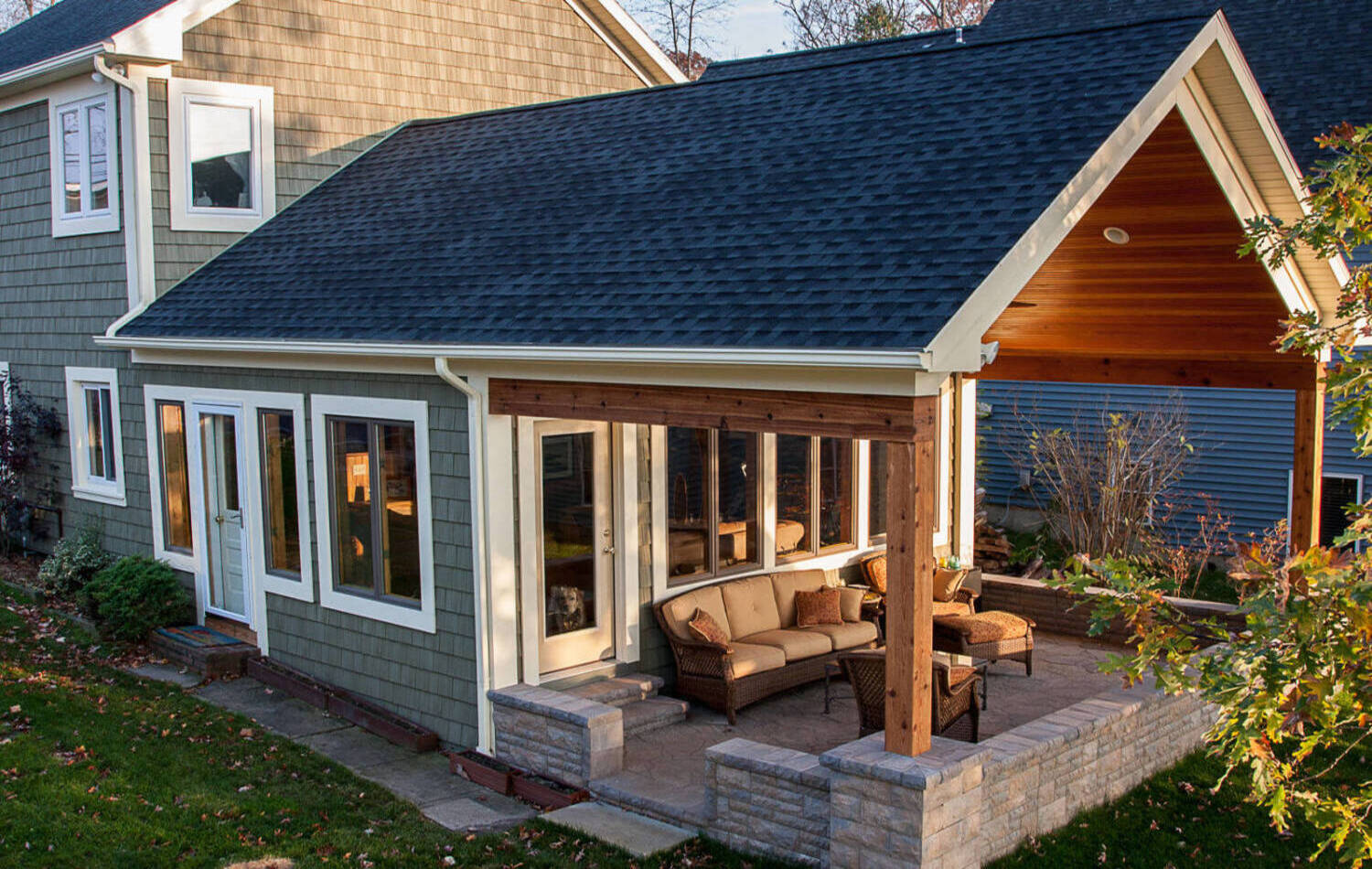

Articles
6 Ways To Make Your Home Addition Go As Smoothly As Possible
Modified: January 19, 2024
Looking for articles on making your home addition go smoothly? Discover 6 practical ways to ensure a seamless process and achieve your dream expansion.
(Many of the links in this article redirect to a specific reviewed product. Your purchase of these products through affiliate links helps to generate commission for Storables.com, at no extra cost. Learn more)
Introduction
Welcome to the exciting world of home additions! Whether you’re expanding your living space, creating a new room for your growing family, or adding a home office, a well-planned and smoothly executed home addition can significantly enhance the functionality, aesthetics, and value of your property.
However, it’s important to note that home additions can also be quite complex, requiring careful planning, coordination, and execution. From securing permits to managing budgets and timelines, there are several factors to consider to ensure a successful outcome.
In this article, we will explore six essential tips to make your home addition project go as smoothly as possible. By following these guidelines, you can minimize stress, streamline the process, and ensure a seamless transition into your newly expanded home.
Key Takeaways:
- Careful planning, hiring a reliable contractor, and obtaining necessary permits are crucial for a smooth home addition. Effective communication, realistic budgeting, and preparation for challenges ensure a successful and rewarding project.
Plan and Design Carefully
The key to a successful home addition project is careful planning and thoughtful design. Before you jump into construction, take the time to evaluate your needs and envision your desired outcome. Consider factors such as the purpose of the addition, the layout, and how it will connect with the existing structure.
Start by identifying your specific goals. Are you looking to add more living space, create a dedicated workspace, or accommodate a growing family? Understanding your needs will help you determine the size, layout, and functionality of the addition.
Once you have a clear vision of your goals, work with an architect or a professional designer to create a detailed plan. This plan should include accurate measurements, architectural drawings, and material specifications. By having a well-thought-out plan, you can avoid costly changes or delays during the construction phase.
Consider how the addition will blend with the existing architecture. Pay attention to details such as rooflines, exterior finishes, and window placements to ensure a harmonious look. Additionally, take into account the impact on natural light and ventilation to maintain a comfortable and inviting space.
During the planning phase, it’s also crucial to keep budget limitations in mind. Consult with contractors or construction professionals to get an estimate of the overall costs involved. By setting a realistic budget from the beginning, you can avoid any financial surprises down the line.
Remember, the key to successful planning is attention to detail and meticulousness. Take the time to consider every aspect of the addition, from the design and functionality to the budget. Making well-informed decisions at this stage will set a solid foundation for the rest of the project.
Hire a Reliable Contractor
When it comes to home additions, finding a reliable contractor is paramount. A skilled and experienced contractor will ensure that your project is completed on time, within budget, and up to code.
Start by conducting thorough research to find reputable contractors in your area. Seek recommendations from friends, family, or neighbors who have recently completed similar projects. Online review platforms and industry associations can also provide valuable insights and recommendations.
Once you have a shortlist of potential contractors, schedule interviews and request references. Ask about their experience, qualifications, and previous projects. Request to see examples of their work or even visit completed additions if possible. This will give you a good sense of their workmanship and attention to detail.
During the interview process, it’s essential to evaluate not only the contractor’s skills and experience but also their communication style and professionalism. Choose someone who listens to your needs, understands your vision, and communicates clearly and effectively throughout the project.
Before making a final decision, make sure the contractor has the necessary licenses, insurance, and permits to perform the work. It’s also advisable to ask for a detailed written contract that outlines the scope of work, project timeline, payment schedule, and any warranties offered.
Remember, a reliable contractor will collaborate with you every step of the way, providing valuable guidance, expertise, and solutions to any challenges that may arise during the construction process. Investing time and effort in finding the right contractor will significantly contribute to the success of your home addition project.
Obtain Necessary Permits and Approvals
Before you can begin construction on your home addition, it’s important to obtain all the necessary permits and approvals from your local building department or municipality. Failure to do so can result in costly fines, delays, or even the halt of your project.
Start by researching the specific requirements and regulations related to home additions in your area. Every jurisdiction has its own set of rules and guidelines, so it’s crucial to familiarize yourself with the applicable codes or consult with a professional to ensure compliance.
Once you have a clear understanding of the permit requirements, gather all the necessary documents and fill out the required forms. These may include architectural drawings, site plans, project specifications, and engineering reports. Be prepared to provide detailed information about the materials, methods, and dimensions of the addition.
Submit your completed application to the building department, along with any applicable fees. Depending on the complexity of the project and your local jurisdiction, the review process can take anywhere from a few weeks to a couple of months. It’s crucial to factor this time into your project timeline to avoid any unnecessary delays.
During the permit review process, the building department may request clarifications or modifications to ensure compliance with building codes and zoning regulations. Be prepared to address any concerns raised and provide any additional documentation or revisions as needed.
Once your permit is approved, ensure it is posted in a visible location on the construction site as required by your local regulations. This will help avoid any potential issues with inspections or enforcement actions during the project.
Remember, obtaining the necessary permits and approvals is not only a legal requirement, but it also ensures that your addition is structurally sound, safe, and in compliance with local regulations. Taking the time to complete this step properly will save you headaches and potential legal complications down the road.
Be sure to communicate clearly with your contractor and have a detailed written contract in place before starting the home addition. This will help avoid misunderstandings and ensure that everyone is on the same page throughout the project.
Set a Realistic Budget
Setting a realistic budget for your home addition project is crucial to ensure that you don’t overspend and end up with financial stress. Careful planning and consideration of all the costs involved will help you stay on track and avoid any unpleasant surprises.
Start by determining the scope of the project and the specific features and finishes you desire. Then, research the market to get an idea of the costs associated with materials, labor, and any additional expenses such as permits or design fees.
Consult with contractors or construction professionals to get accurate estimates for your project. Be sure to request detailed breakdowns of costs for each phase of the construction process, including demolition (if necessary), foundation, framing, electrical, plumbing, and finishing work.
It’s important to allocate a contingency fund in your budget for unexpected expenses or changes that may arise during the construction process. A general rule of thumb is to set aside 10-20% of your total budget for contingencies. This will give you some financial cushion to address any unforeseen circumstances.
Consider prioritizing your needs versus your wants when it comes to the design and finishes of your addition. While it’s natural to want all the bells and whistles, it’s important to stay within your budgetary constraints. Focus on the essential elements that will enhance the functionality and value of your space.
Throughout the project, keep a detailed record of all your expenses and compare them to your budget on a regular basis. This will help you stay accountable and make informed decisions if adjustments need to be made along the way.
Remember, setting a realistic budget requires careful consideration of all the costs involved. By doing your research, consulting with professionals, and being mindful of your priorities, you can ensure that your home addition project stays within your financial means.
Communicate and Coordinate Effectively
Effective communication and coordination are essential for the success of your home addition project. By establishing clear lines of communication and maintaining regular updates with all parties involved, you can ensure that the project progresses smoothly and stays on track.
Start by establishing open and transparent communication channels with your contractor, architect, and any other professionals involved in the project. Clearly communicate your goals, expectations, and any specific requirements you may have. Regularly check in with them to address any concerns or questions that may arise throughout the construction process.
Develop a project timeline and schedule regular meetings or site visits to review progress, address any issues, and make necessary adjustments. This will keep everyone accountable and ensure that the project stays on schedule.
Keep in mind that effective communication doesn’t only involve the professionals you’ve hired, but also your family members or anyone else who will be directly impacted by the construction. Clearly communicate the project timeline, any disruptions that may occur, and any temporary arrangements that need to be made. This will help minimize any inconveniences and ensure everyone is on the same page.
During the construction phase, it’s important to make decisions promptly and provide any necessary approvals or materials as requested. Delays in decision-making can easily lead to project delays and additional costs.
Regularly communicate with your contractor on the progress of the project and any changes or adjustments that may be required. Promptly address any concerns or issues that arise and work collaboratively to find solutions.
Coordination is also vital to ensure that all the different trades and activities involved in the construction process are properly sequenced and coordinated. From foundation work to electrical installations, plumbing, and finishing touches, all aspects need to be properly synchronized to avoid any delays or conflicts.
Remember, effective communication and coordination are the linchpins of a successful home addition project. By fostering open and transparent communication and establishing solid coordination among all parties involved, you can ensure a smooth and efficient construction process.
Prepare for Potential Challenges
Home addition projects can be complex and unpredictable, and it’s important to be prepared for potential challenges that may arise along the way. By anticipating and addressing these challenges proactively, you can minimize their impact on your project and keep things running smoothly.
One of the most common challenges in home additions is uncovering unexpected issues during demolition or construction. Hidden structural problems, faulty wiring, or plumbing issues can surface once the walls are opened up. It’s important to have a contingency plan and budget in place to address these unforeseen circumstances.
Another challenge can be dealing with inclement weather conditions. Depending on your location and the time of the year, adverse weather such as heavy rain, extreme heat, or snowstorms can cause delays in construction. It’s important to factor in the potential for weather-related interruptions and have a plan in place to mitigate their impact.
Additionally, coordinating various trades and subcontractors can present its own set of challenges. Timelines and schedules need to be carefully managed to ensure that each trade completes their work in a coordinated and timely manner. Delays from one trade can easily cascade into delays for subsequent trades, resulting in project setbacks.
Changes in design or scope can also pose challenges during the construction process. While it’s natural to want to make adjustments or additions along the way, it’s important to carefully evaluate the impact of these changes on the overall project timeline and budget. Effective communication with your contractor and proper planning can help navigate these challenges and minimize their impact.
Finally, it’s important to be prepared for the potential disruption and inconvenience that come with living in a construction zone. Dust, noise, limited access to certain areas of your home, and temporary adjustments to your daily routine are all part of the process. Being mentally prepared and making necessary arrangements will help you navigate these challenges with less stress.
Remember, challenges are inevitable in home addition projects, but with proper planning, communication, and a flexible mindset, you can effectively overcome them. Stay vigilant, be prepared for the unexpected, and maintain a proactive approach to ensure a successful outcome.
Conclusion
Embarking on a home addition project can be an exciting and rewarding endeavor. By following these six essential tips, you can set yourself up for success and make the process as smooth as possible.
First and foremost, careful planning and thoughtful design are crucial. Take the time to envision your goals, work with professionals to create a detailed plan, and ensure that your design seamlessly integrates with the existing structure.
Hiring a reliable contractor is paramount to the success of your project. Conduct thorough research, interview potential contractors, and choose someone who communicates effectively, provides references, and has the necessary licenses and permits.
Obtaining the necessary permits and approvals is a critical step to ensure compliance with building codes and regulations. Familiarize yourself with the requirements of your local building department and submit all the required documents in a timely manner.
Setting a realistic budget is essential to avoid financial stress. Research costs, consult with professionals, and allocate a contingency fund to account for any unexpected expenses or changes.
Effective communication and coordination will keep your project on track. Establish clear lines of communication, regularly update all parties involved, and promptly address any concerns or issues that arise.
Lastly, be prepared for potential challenges, such as hidden issues, weather delays, and changes in design or scope. Having a contingency plan and maintaining a proactive mindset will help you navigate these challenges with ease.
Remember, a well-executed home addition can greatly enhance the functionality, aesthetics, and value of your property. By following these tips, you can ensure a successful project and enjoy the benefits of your new and improved living space.
Frequently Asked Questions about 6 Ways To Make Your Home Addition Go As Smoothly As Possible
Was this page helpful?
At Storables.com, we guarantee accurate and reliable information. Our content, validated by Expert Board Contributors, is crafted following stringent Editorial Policies. We're committed to providing you with well-researched, expert-backed insights for all your informational needs.
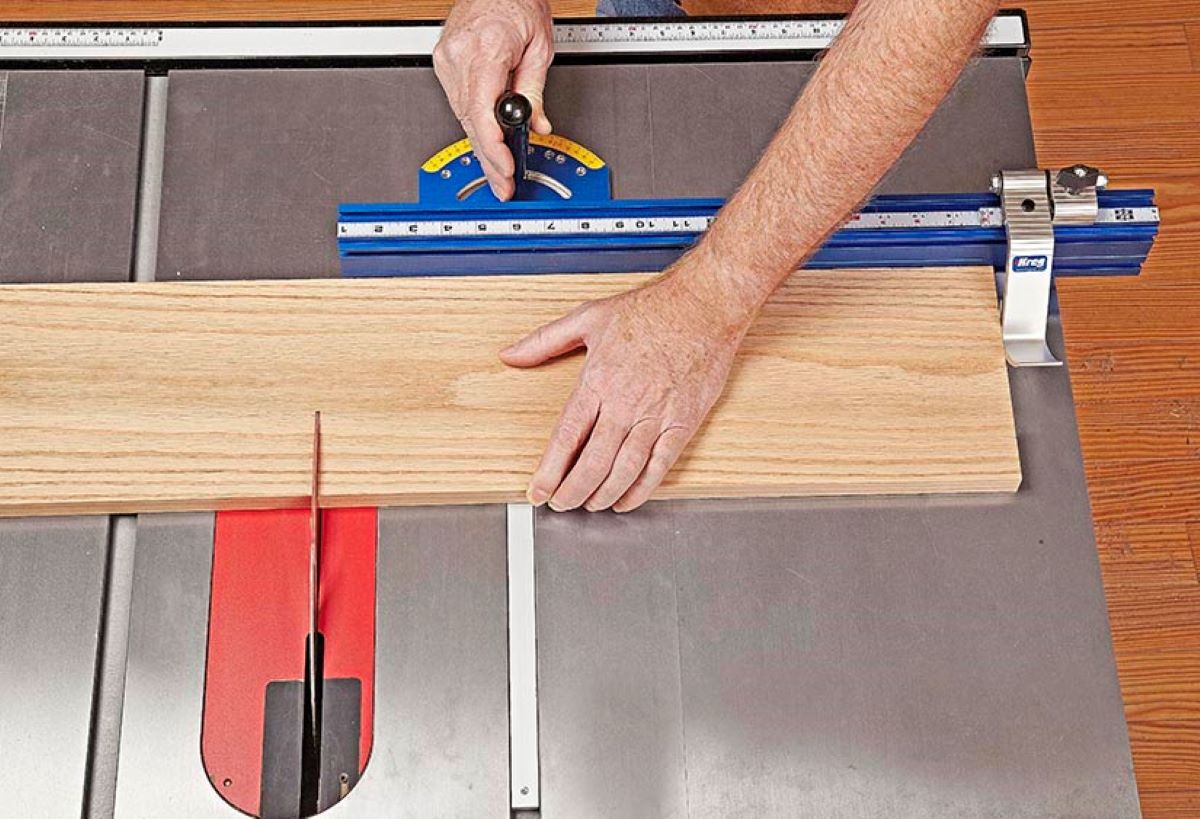


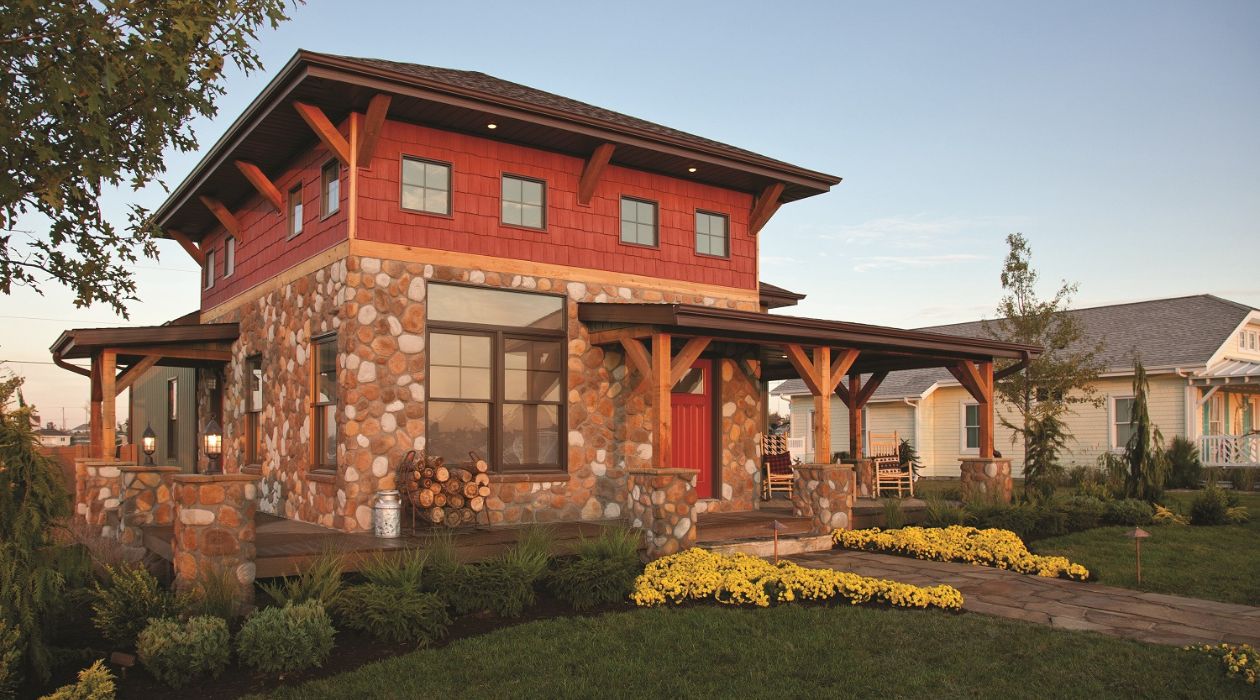

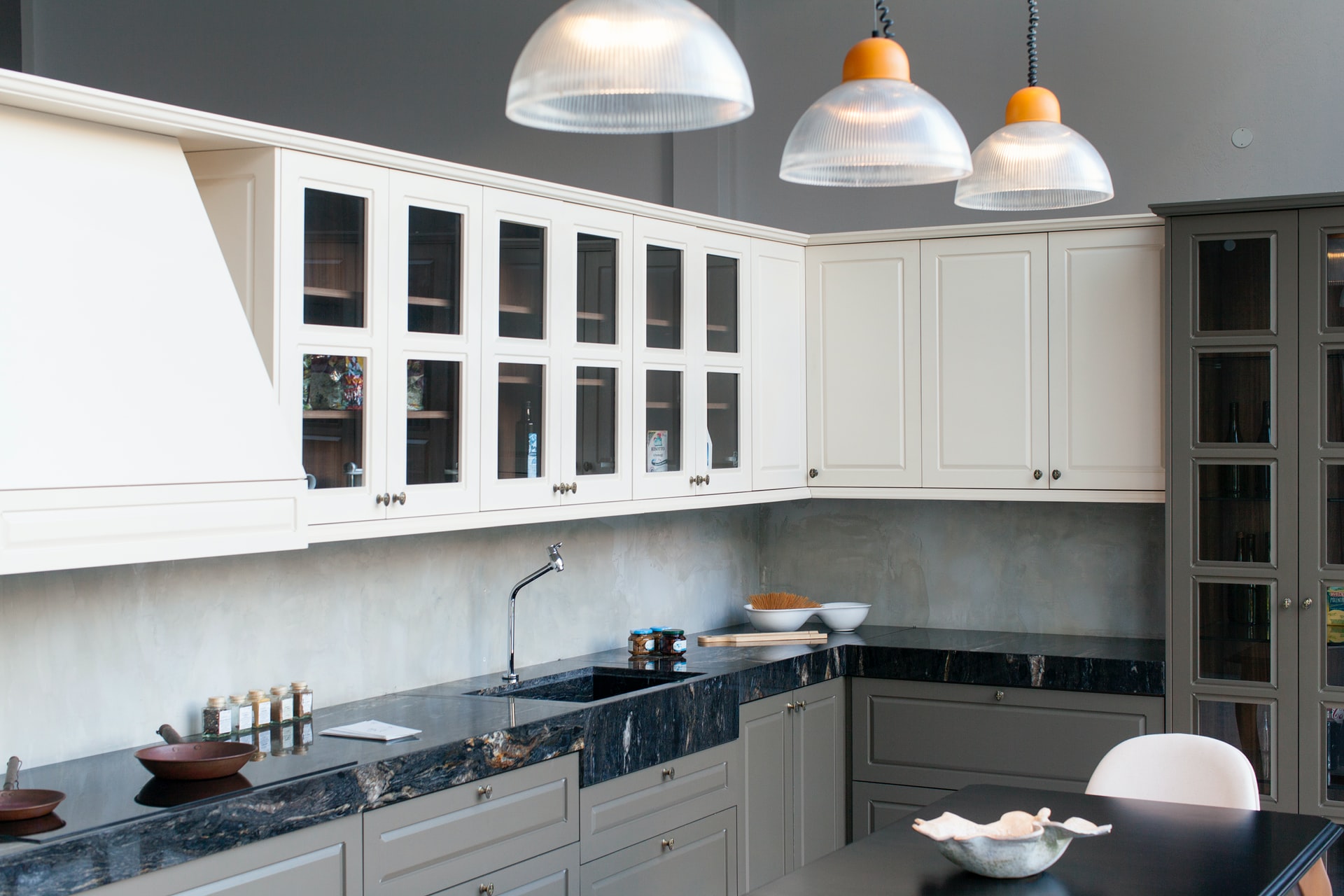
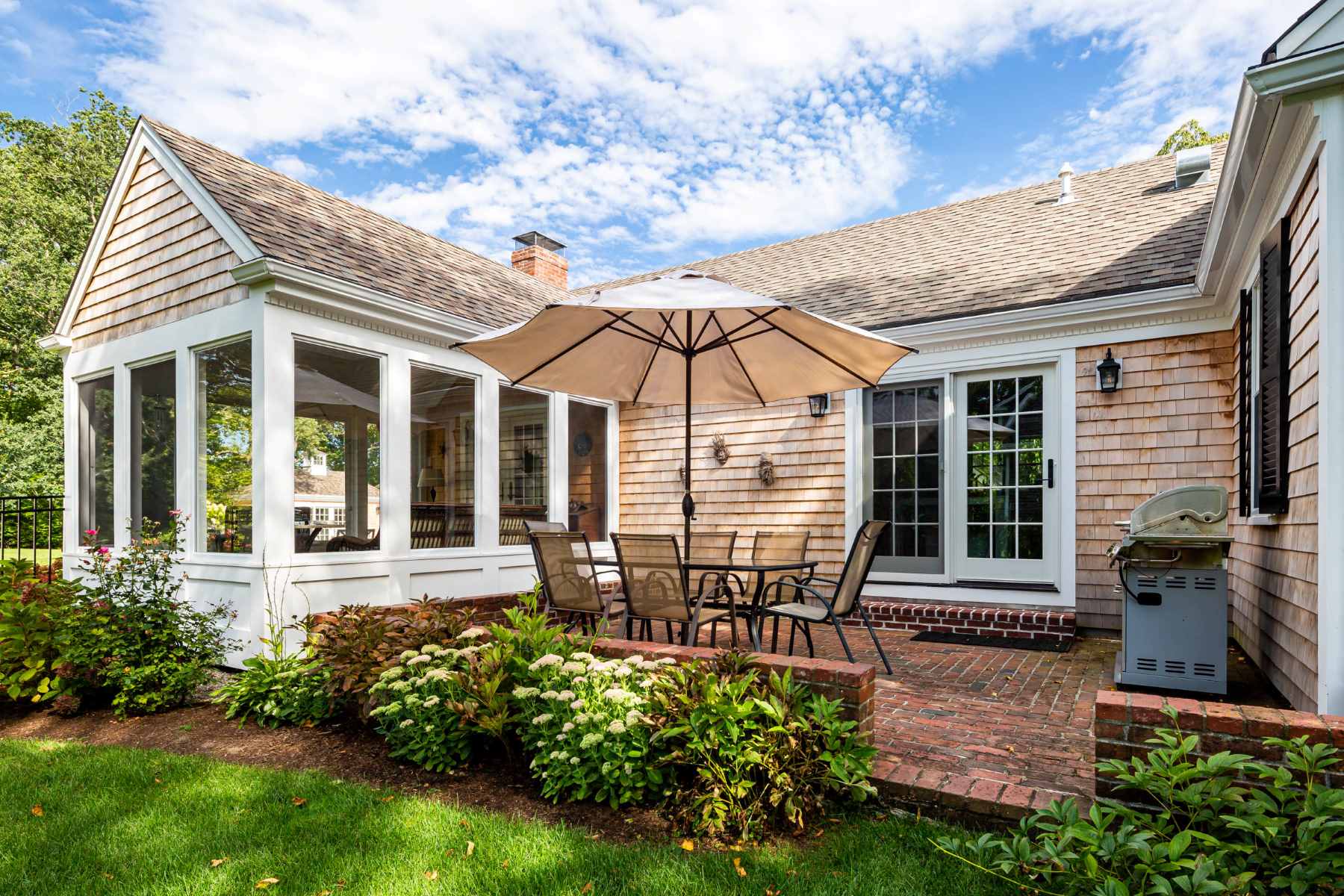








0 thoughts on “6 Ways To Make Your Home Addition Go As Smoothly As Possible”